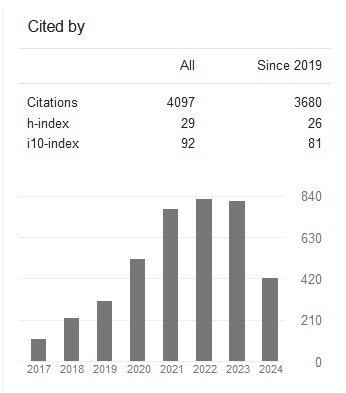Osmotic Dehydration as a Tool for Insdustrialization of Jabuticaba Peel (Myrciaria jabuticaba)( Vol-2,Issue-12,December - December 2016 ) |
|
Author(s): Lismaira Goncalves Caixeta Garcia8, Francielo Vendruscolo, Flavio Alves da Silva, Ellen Caroline Silverio Vieira, Thays Lorrayne Lavrinha e Silva, Clarissa Damiani |
|
Keywords: |
|
|
antioxidant potential, by-product, phenolic compounds, processing. |
|
Abstract: |
|
|
This study evaluated the osmotic dehydration of jabuticaba peel for use as a by-product, with development of new food products. Response surface methodology was used, considering temperature and sucrose concentration as independent variables, assessing their effects on water loss, solid gain, mass loss, and solid gain rate. Sucrose concentration had a greater influence on osmotic process. Temperature increase is necessary in osmotic dehydration, once it leads to tissue softening, which is essential for dehydration of jabuticaba peel. Therefore, the best osmotic dehydration conditions were set at 60°C and 70 °Brix. With respect to the physicochemical characterization of the bioactive compounds of dehydrated jabuticaba peel, considerable amounts of sugars, anthocyanins, and phenolic compounds were observed, besides the antioxidant potential. Thus, dehydration of jabuticaba peel is a viable alternative to minimize the waste generated during harvest, being a product with high nutritional value. |
|
Cite This Article: |
|
| Show All (MLA | APA | Chicago | Harvard | IEEE | Bibtex) | |
Share: |
|

 DOI:
DOI: 



























